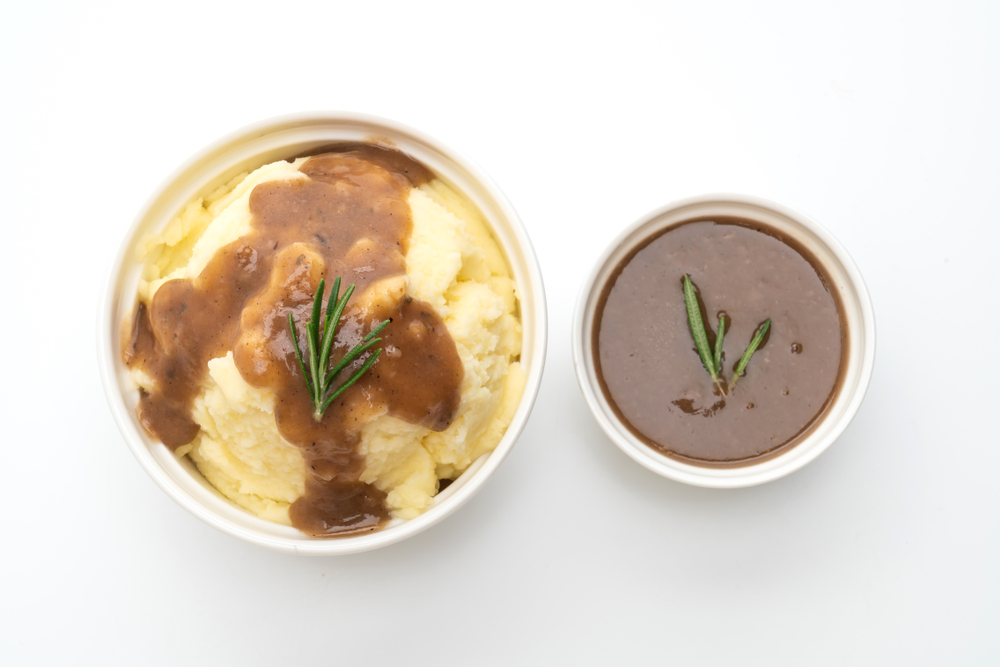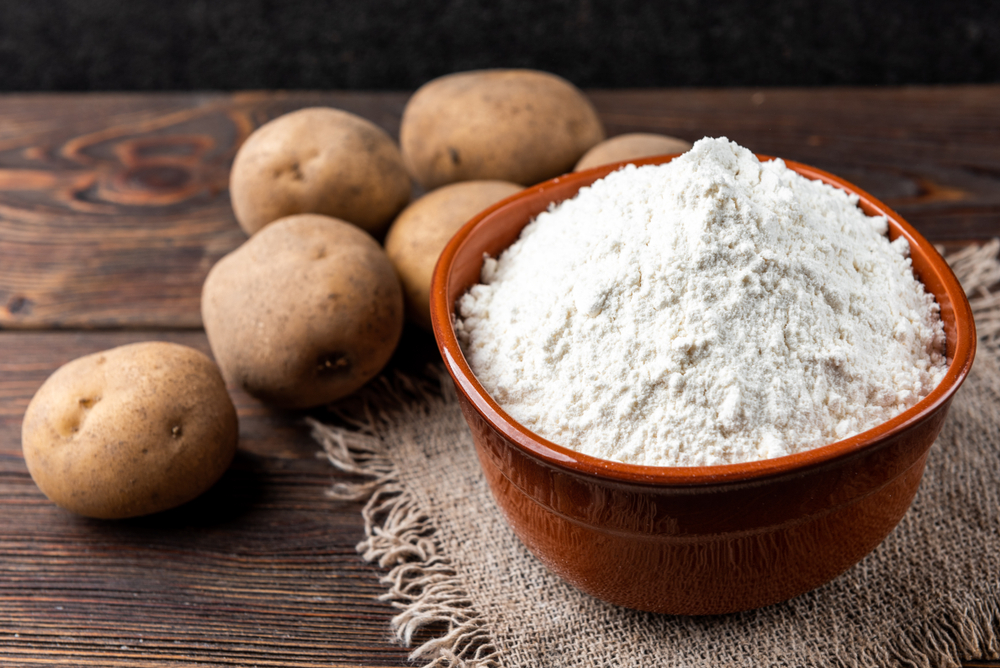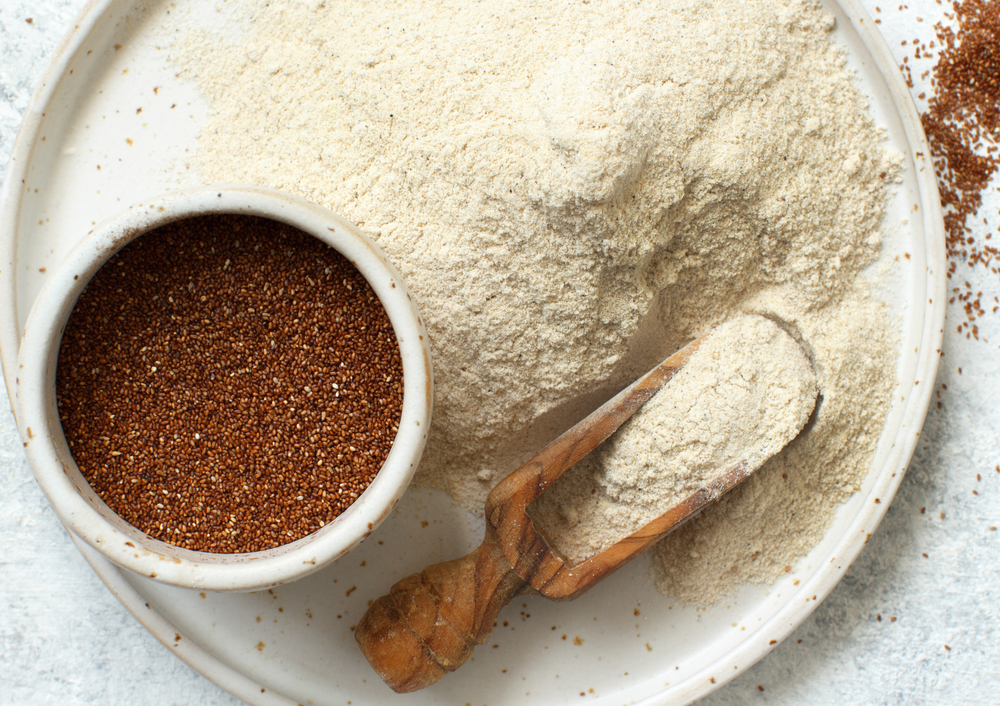Can gravy be frozen? It is a mixture of a few odd chemicals, so it is possible that something could go wrong, right?
Yes gravy can indeed be frozen. Most people get their impressions of gravy’s storage abilities from their experience with refrigerating it. And indeed, gravy does not last more than two days in a refrigerator. Freezing it, however, can make it last for up to four months.
There are a very small number of nuances to this, however. Flour based gravies freeze the best. Cream and milk based gravies will separate out, usually irreversibly, if frozen. The difference between the freezing point of the cream and the freezing point of the rest of the gravy is just too great for it to remain cohesive.
How To Freeze Gravy
Gravy is best stored in an airtight container, but since the freezer itself is airtight this is more a matter of keeping it from touching anything than keeping it from losing anything. With fruits and vegetables, airtight storage is used to make sure that any moisture that leaves it cannot get far.

Gravy is not as dependent on its moisture, but it can be damaged or corrupted by bacteria floating throughout the fridge landing in it or on it. This is not something anyone wants to hear, but yes: There is bacteria floating around in your freezer. It is not always dangerous, but it is always there.
In fact, since you are likely to boil your gravy before serving it, these bacteria probably will not live to make it to your mouth. However, it is wise to take precautions against it anyways. The best way to do that is to seal your gravy airtight, either in a Tupperware container or by wrapping its container in plastic.
Speaking of containers, Tupperware and bowls are one option, but special mention has to be made to the stroke of genius that is storing gravy in ice cube trays. This allows you to reuse your gravy in smaller, more precise amounts. It is almost assured that you will make more efficient use of gravy by this method.
How To Thaw Gravy
Brief mention was made to boiling gravy earlier, but that should not be taken a comprehensive guide to how to reheat your frozen gravy. It is not a complicated process by any means, but there is one step more than that to getting your gravy from frozen back to edible, and that is thawing the gravy out from the freezer.
This should be done in the refrigerator at the beginning of the day that you expect to use the gravy. It will take some time, but thawing this way will assure that you do not lose any flavor or texture when you finally reheat the gravy. In fact, it will taste very much like you just made it.
A person does not always have this kind of time, however. If you are one such person, then consider using your microwave to thaw the gravy. This will also heat it up, but do not consider that the same as boiling it. The microwave thaws the gravy, but only heating it in a pot like normal can heat it all the way through.

How Hot Should Gravy Be Heated?
The United States Department of Agriculture advises that any frozen food should be heated to at least 140 degrees Fahrenheit before being eaten. Most frozen foods will recommend something a bit higher for a couple of reasons. To begin with, people are terrible at guessing temperatures and cannot really guess 140 degrees.
More importantly though, while 140 degrees is the minimum temperature, something like 150 degrees is far more secure for a few reasons. Bacteria die at 140 degrees, but they do not die all at once. Heating past 140 degrees takes time, and that time will help ensure that all the bacteria in your gravy are dead when it is served.
In addition to that, there is no damage done to the gravy at 150 degrees. There are temperatures that might damage gravy, but they take so much longer to get to that it is better to just assume that you can never burn the gravy.
If you have to choose between worrying about it being burned and worrying about it being undercooked, burn it every time. You do not want to play dice with bacteria.







